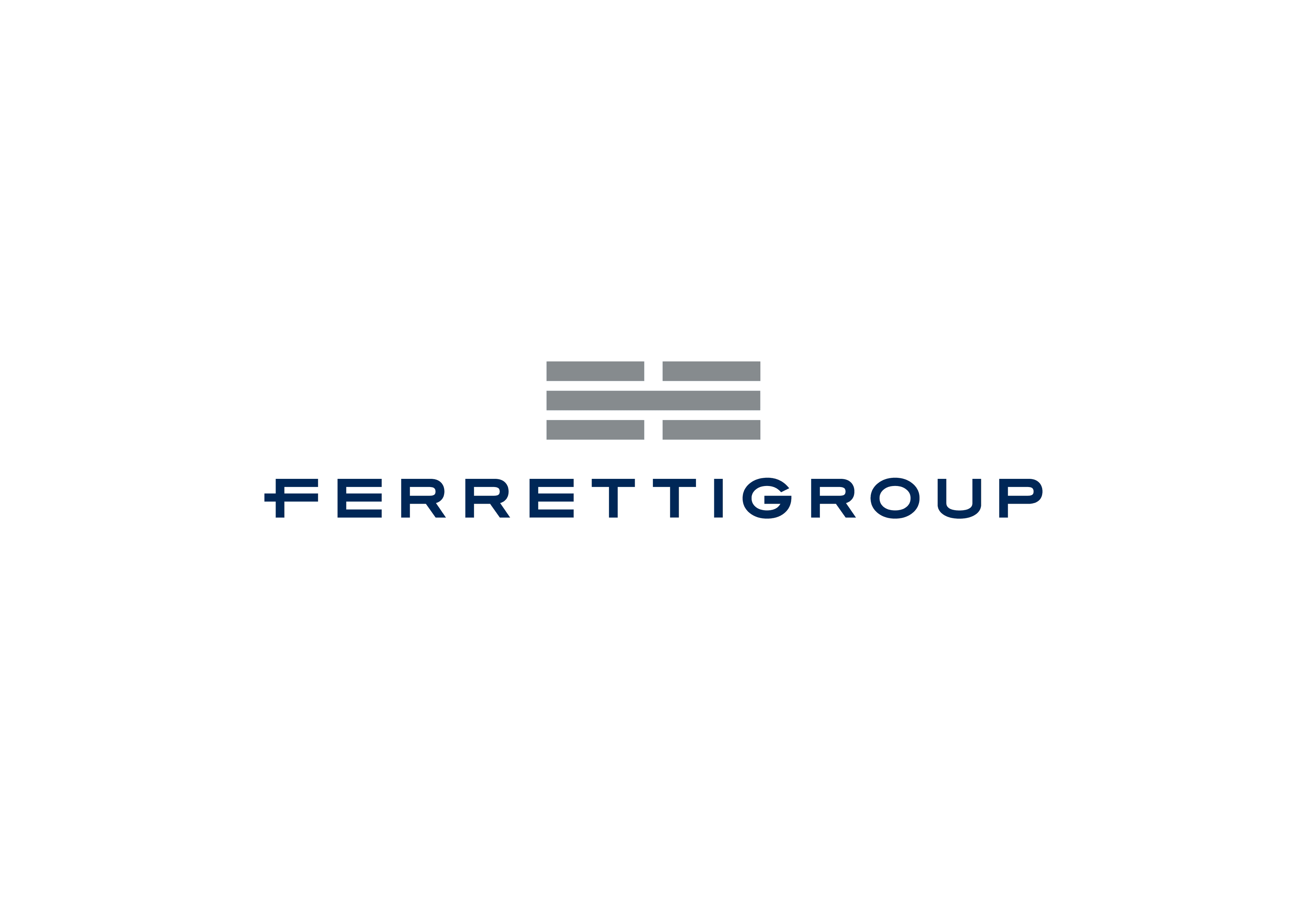The Era of Environmental Transparency: comparative analysis of green claims/greenwashing regulations in the European Union, United Kingdom, and United States (2024–2026)
Abstract
This paper offers a strategic comparative analysis of the regulatory responses across the European Union (EU), the United Kingdom (UK), and the United States (USA) during the crucial 2024–2026 triennium. A universally embraced mitigation approach is the principle of substantiation, which requires all claims be supported by scientific, reliable, verifiable, and complete evidence, considering the entire product life cycle. The triennium 2024–2026 marks a definitive paradigm shift, transitioning corporate handling of greenwashing from a mere reputational risk to a directly sanctionable legal exposure. The rapid growth of Environmental, Social, and Governance (ESG) investment has fundamentally redefined environmental assertions (green claims), shifting them from concerns of reputational risk to areas of direct, sanctionable legal exposure. This necessity for rigorous regulatory intervention is corroborated by investigations revealing pervasive deception, with approximately 53% of ecological assertions being vague or misleading, and 40% lacking supporting evidence. The analyzed jurisdictions employ distinct approach: the EU adopts a prescriptive hard law approach (Directive 2024/825), introducing explicit prohibitions. The UK utilizes an enforcement model, granting to an authority the power to impose fines. Conversely, the US system is litigation-driven, where the absence of publicly disclosed evidence exposes firms to high-stakes civil class actions. For in-house counsel, compliance requires navigating this ‘dual regulatory constraint’ by adopting a holistic strategy that integrates the EU’s stringent prohibitions with the transparency (‘Show Your Work’) required for US litigation resilience. Greenwashing is no longer a matter of perception, but a legal violation demanding immediate, cross-departmental action.





.jpg&w=256&q=75)